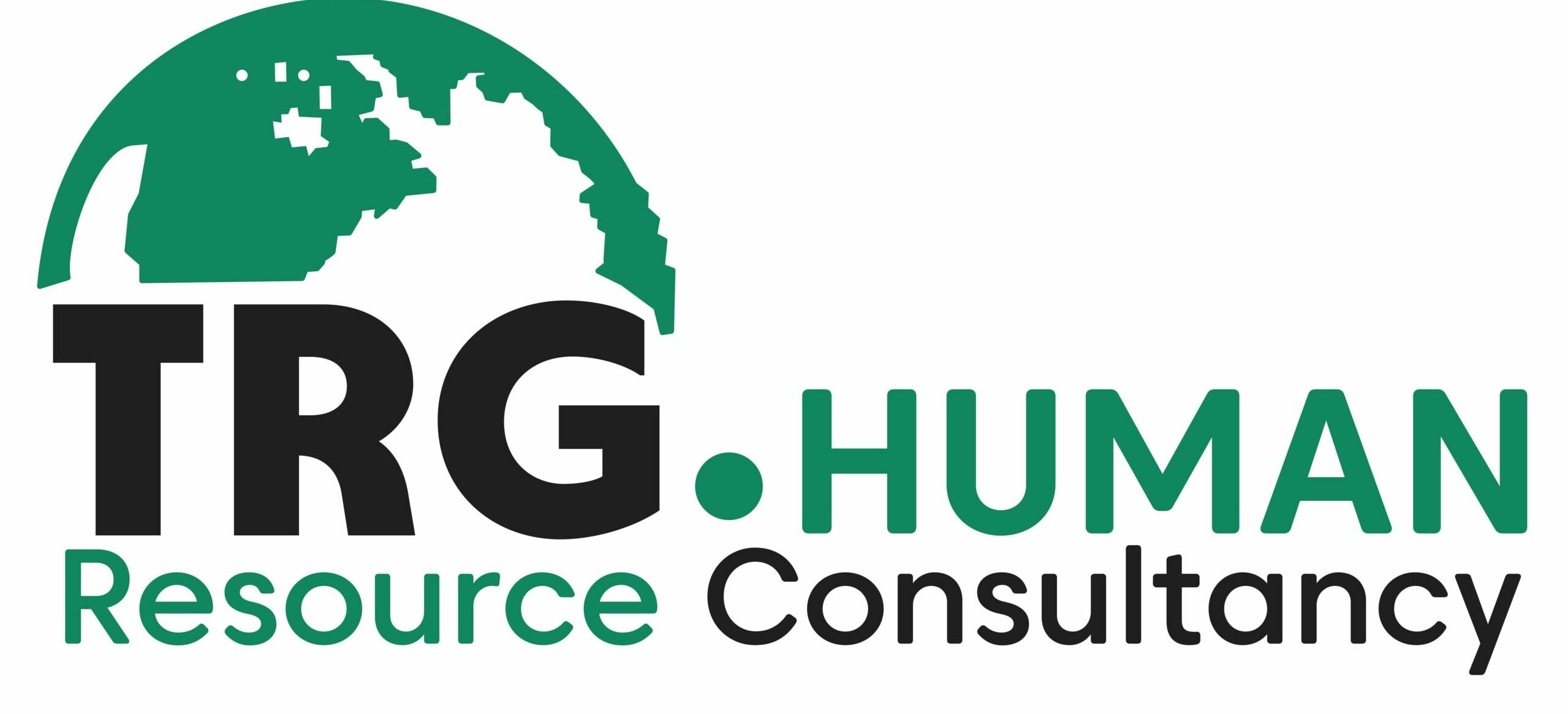How to Reduce Recruitment Costs
Unfortunately, no new worker is free, but there are ways you may apply to cut down on your recruitment costs.
Before we get into cost-cutting strategies, consider what you’re currently spending and how you’re spending it. Depending on how you calculate recruitment costs per hire, the cost can vary dramatically. According to Oxford Economics, the average recruitment costs of replacing a single employee could be high when you factor in the onboarding period — the time it takes for a new hire to get up to full operating speed.
When evaluating hiring costs, most businesses will focus on major areas such as recruitment agency fees, referral fees, and advertising costs.
Spending too much on hiring?
Those who do not have an in-house recruiting team frequently turn to an outside agency for help. This alternative is sometimes simple and convenient, depending upon the choice of agency. The right agency will significantly reduce your hiring budget. It also saves time and effort for the in-house hiring and interviewing process.
There are also numerous job sites, they charge a specific amount for each ad. Then there’s the issue of time that has been misdirected. Employers devote many hours to the interviewing process, sacrificing present time and effort in the hopes of avoiding the costly risk of hiring a substandard employee.
Finding the proper fit in a timely manner is critical – your bottom line depends on it. Fortunately, there are cost-effective alternatives to minimize your time-to-hire. We have a few basic suggestions for lowering your recruitment costs and shortening the time it takes to hire.
Tap into Advocacy
Consider the last time you choose a restaurant or vacation spot: you probably checked up reviews online or sought advice from a friend or family member. Asking trustworthy colleagues, peers, or friends for their impressions of the business, checking their connections on social media networks like Twitter and LinkedIn, and turning to workplace review sites like Glassdoor for the inside scoop are becoming increasingly popular among job seekers.
If you’re certain that you’re doing everything you can to make your employees feel supported, happy, and engaged at work, your company should feel free to encourage employees to express their impressions of the workplace, especially on social media. According to MSL Group research, employees communicate brand messaging 24 times more than the company itself, making advocacy a strong, and inexpensive, tool that might make a significant difference in your recruitment approach.
Optimize your Company Career Portal
Your company’s career webpage is an important resource for job seekers who want to learn more about open positions and what it’s like to work for you. Make sure your career site is well-designed, mobile-friendly, and reflects your company’s image. A user-friendly portal can encourage job seekers to apply for openings directly on your website, eliminating the need to rely on job boards and other third-party sites to find top talent.
Take Advantage of Social Media
An employer’s skill and willingness to interact socially allows them to convey information about its daily operations, vision and values, and the kind of people who work there. This openness and sincerity will help you obtain more applications from people who are already certain that they will fit into your culture and share your vision and values.
Most importantly, social media can be absolutely free — all you need to invest is some time in crafting the correct messaging and campaigns, as well as engaging with your followers. You can also pay for advertising campaigns to reach out to specific demographics.
Use the Right Tools for the Job
‘A poor workman often blames his tools,’ as the saying goes. This adage can be applied to both DIY and recruitment.
Your capacity to hire cost-effectively will be impeded from the outset if you do not have the necessary tools at your disposal. Invest in an application management system that is reliable (ATS).
You can also choose to combine your ATS with other applications, such as psychometric testing and profiling tools, and background checks apps, to assist you to hire even more successfully. Ensure that all of your recruitment technology is working with you, rather than against you, to make hiring as simple, streamlined, and stress-free as possible. When it comes to time and efficiency savings, the money you invest in the correct technology will quickly pay off.
Create a clear, Compelling Job Advert
For some job seekers, the job advertisement they find on your website, on a job board, or on social media is one of the first and most important impressions they have of your company.
In what is essentially a candidate’s market, your advertisement must not only be well-written and error-free, but also attractive, search-engine-optimized, and clearly define the job’s major requirements and responsibilities.
Make sure these qualifications are true: don’t say “degree required” if that isn’t the case, or you may lose out on some excellent candidates. Similarly, if the position is part-time, flexible hours or remote working is an option, mention it: you’ll attract a wider pool of people.
These minor adjustments won’t set you back any money, but they could drastically improve your ability to identify the perfect individual for the job.
Create Strategies to Reduce Employee Turnover
Consider employing an internal applicant who would be qualified for and benefit from an employee development opportunity. Managers should plan regular goal reviews with their subordinates to stay informed about individuals who are interested in pursuing lateral or vertical transfers within the organization. Keeping your finger on the pulse of employee aspirations will allow you to get the most out of the talent you already have. It will also foster a culture in which employees are appreciated and heard, which is critical for lowering turnover rates.
Increase employee happiness by thinking about their requirements as people and structuring benefits and perks packages with that in mind. While choosing a higher-coverage insurance option may appear expensive at first, it may save money in the long term by retaining employees for much longer periods of time. Even free solutions, such as providing workers flexible work hours or occasional work from home time, can help you save your recruitment expenditures significantly.
Build Talent Pools and Alumni Networks
There are occasions when you have a large number of excellent candidates for a single position. So, instead of squandering your contacts, create talent pools of people you can approach when roles become available in the future.
Pre-qualifying candidates make the entire process considerably easier, faster, and less expensive than finding candidates from start. The further the candidate has proceeded in the process, the more you already know about them. However, make sure that you continue to save and treat these persons’ data in accordance with the GDPR’s rules; a robust ATS can help.
Employees that have moved on to greener pastures might also be a wonderful source of prospective applicants. Keep in touch with your alumni; they might be interested in returning to a new position – or recommending a buddy to apply instead.
Reduce the need to Recruit in the First Place
The third technique to lower hiring costs is simple on the surface, but it may prove to be a difficult project; enhancing how you support and connect with your current employees should help to reduce turnover, reducing the need to hire replacements for departing employees.
Refining your hiring processes will also help to increase the quality of your hires, resulting in improved employee retention and fewer “churn.”





